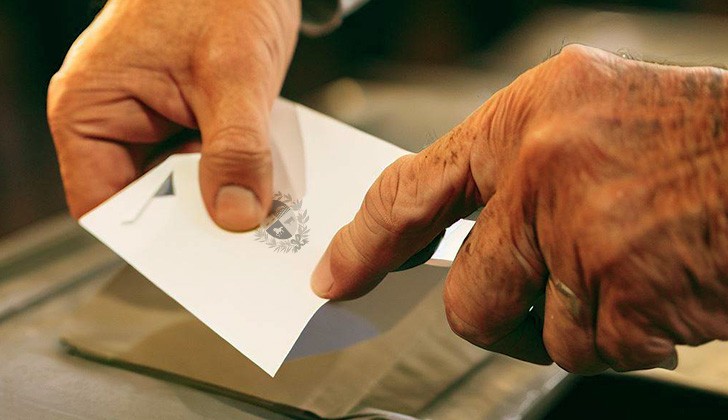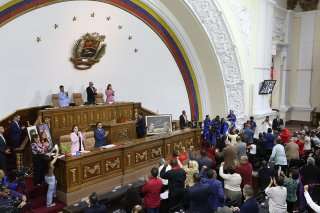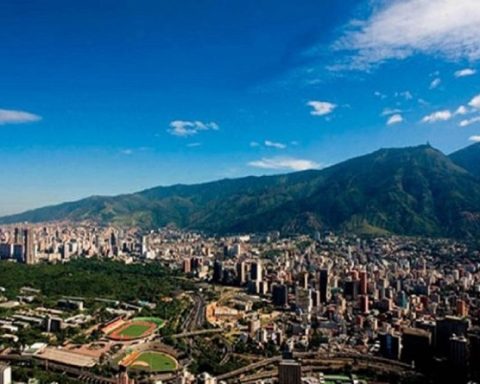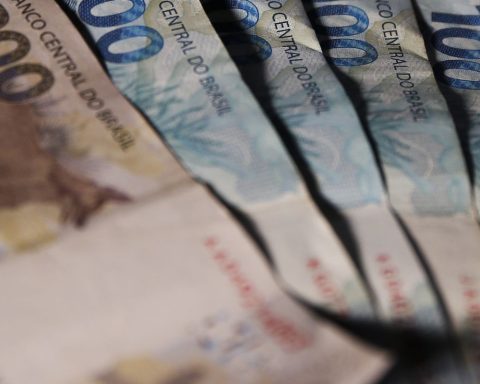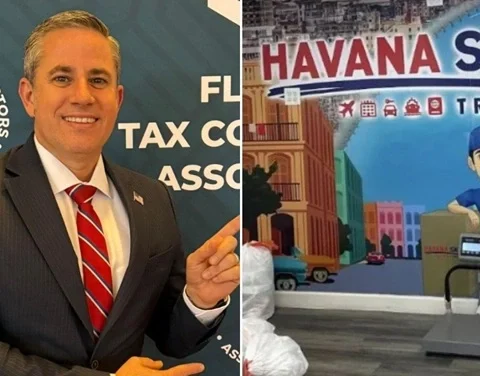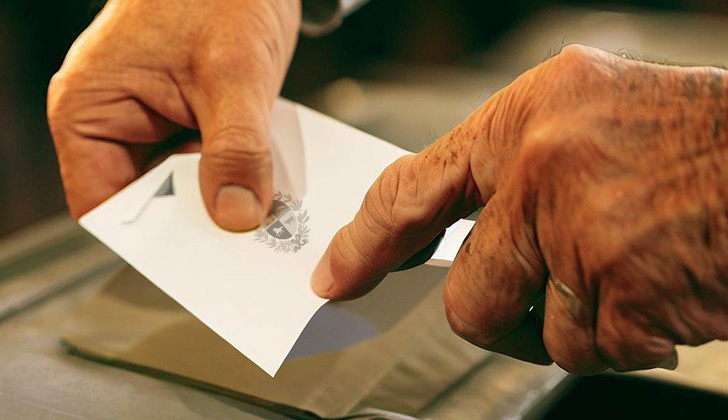
Less than two months before the national elections in Uruguay, a study by Equipos Consultores reveals a advantage of the Broad Front over the governing coalitionWith 41% support, the Broad Front surpasses the coalition’s 38%, standing out in the current political scenario and generating expectations.
According to the survey, the Frente Amplio leads with 41% of voting intention, while the Partido Nacional obtains 22%. The Partido Colorado shows growth and reaches 13%. Cabildo Abierto has 3% of the electorate’s support. Smaller parties, such as PERI and Identidad Soberana, obtain 1% respectively.
Poll reveals FA lead months before elections
As for recent changes, the Frente Amplio experienced a slight decrease in its support, from 43% to 41% between July and August. The Partido Nacional and Cabildo Abierto remained stable in their percentages during this period. However, the Partido Colorado increased its share, going from 11% to 13% according to the data.
Since 2022, the Frente Amplio has maintained its support above 40%, showing a relatively solid electoral base. Meanwhile, the National Party has stopped a downward trend caused by the internal elections, where it had reached 29% in April. The Colorado Party continues an upward trend.
An election still without definitions
Director Zuasnabar warned about the importance of the 13% of voters who have not yet decided their vote. “These variations make the election a little more uncertain,” he said, adding that this undecided portion of the electorate has the potential to significantly change the final result of the electoral process.
The survey was conducted during the second half of August and covered a total of 1,200 cases across the country. Of these interviews, about 700 were conducted in person and the rest were by telephone. The methodology seeks to capture a representative image of the Uruguayan electorate.
With 13% of the electorate undecided, political parties are directing their efforts towards strategies to capture these crucial votes. Electoral competition is intensifying, with campaigns focused on proposals and communication that attract the undecided. This dynamic could be key in the final stretch towards the national elections.
